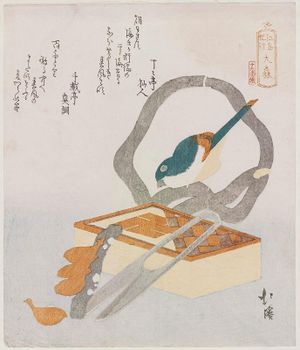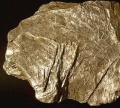Tin: Ukiyo-e colorant
Tin 錫 (suzu): Tin is extracted from the mineral Cassiterite (SnO2). Tin appears to have been domestically available as well as through trade. There were deposits in Edo Japan, most notably the Suzuyama mine (active 1655–1988) in present day Kagoshima. Tin was commonly used for metallic silver colored areas on a print. Animal glue (膠 nikawa) was commonly used to adhere the powder to the paper's surface or as a binder when printed. The use of affordable metals such as brass and tin were likely meant to imitate the glittering effects created by the use of expensive metal leaf or flakes such as gold and silver on screen and scroll paintings.
As with printed brass, tin is often seen on surimono prints (摺物) and deluxe editions. It is also frequently seen printed over a blue colorant in surimono prints.
For additional information see: Tin
Examples of Tin in Ukiyo-e Prints
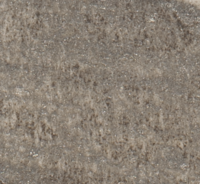
|

|

|

|
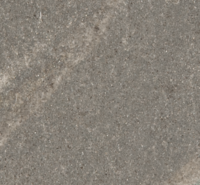
|
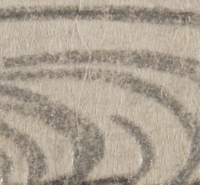
|
Analysis
X-ray fluorescence analysis (XRF) is used to detect tin (Sn).
Images of Tin
List of Prints
Below is a list of prints where tin was detected.
Pages in category "Tin: Ukiyo-e colorant"
The following 6 pages are in this category, out of 6 total.
E
H
S
- Shigenobu I, Urashima Tarô, from the series A Set of Five Examples of Longevity, 21.9254
- Shinsai, Chapters 22–24, from the series The Tale of Genji, 11.20034
- Shunman, Mandarin Ducks and Iris, from the series Series of Seven Bird-and-Flower Prints for the Fuyô Circle of Kanuma in Shimotsuke Province, 21.9226
